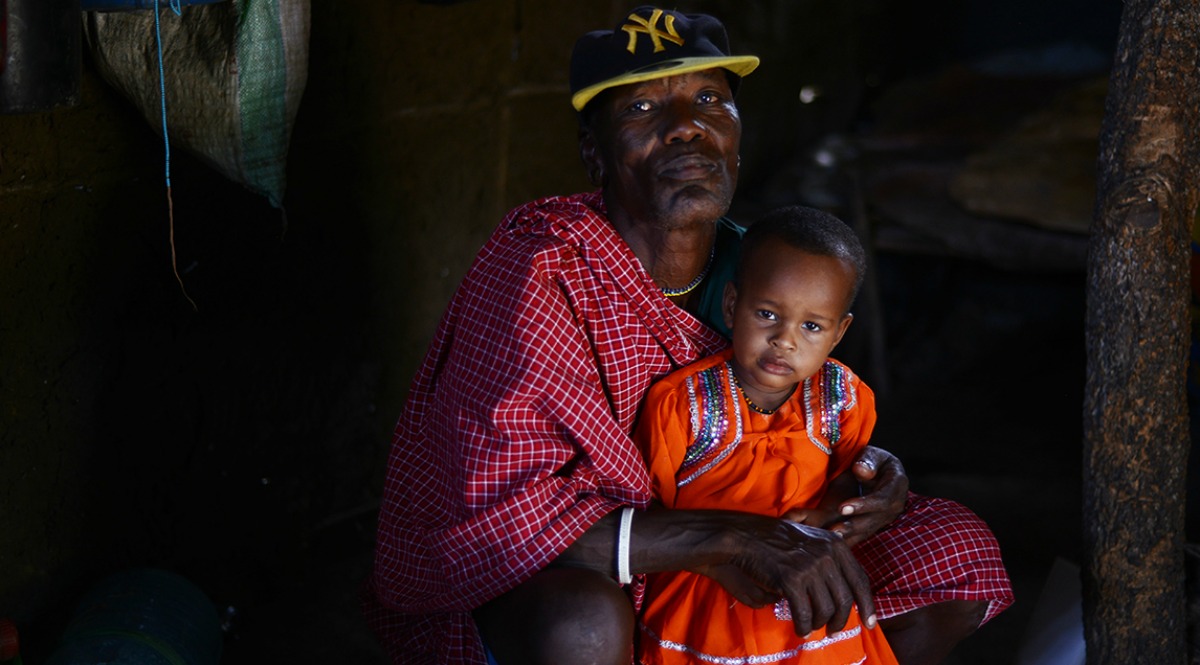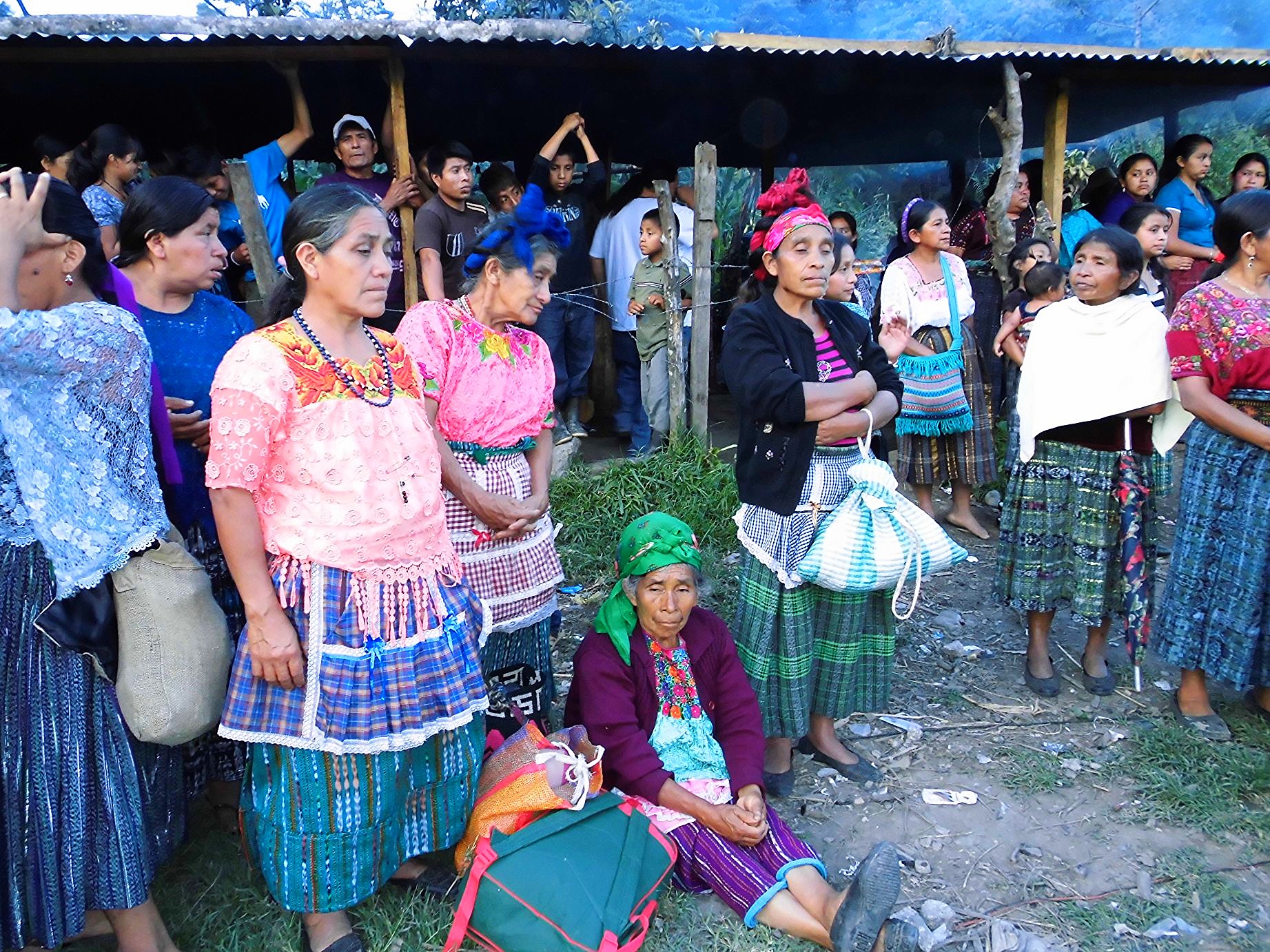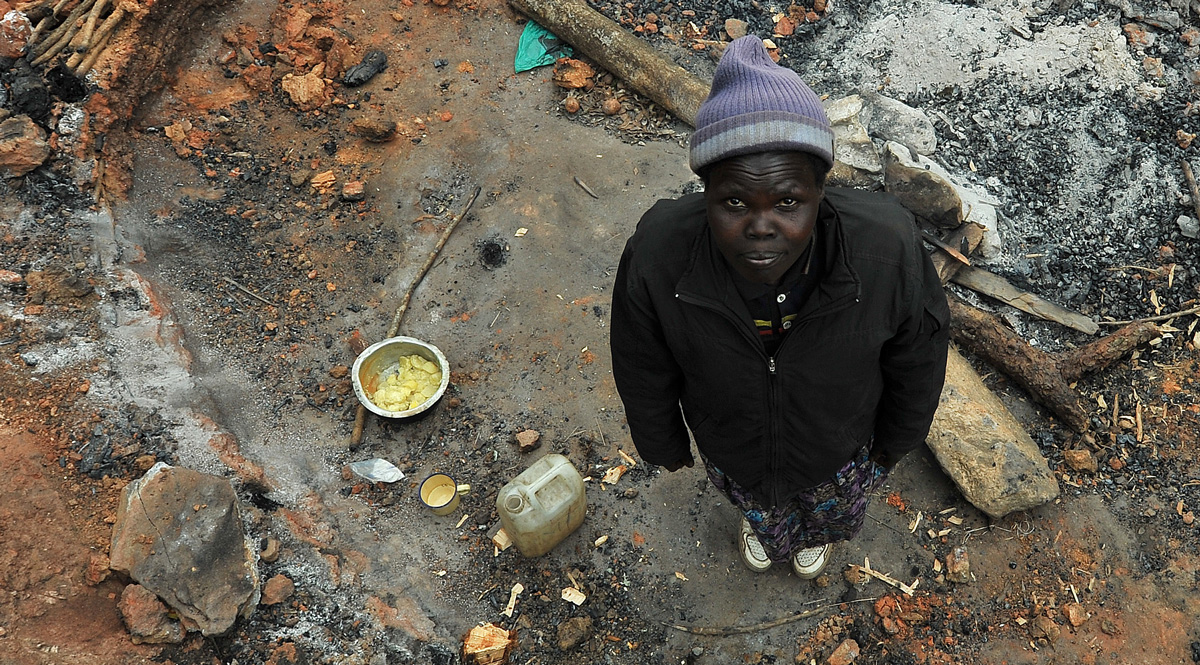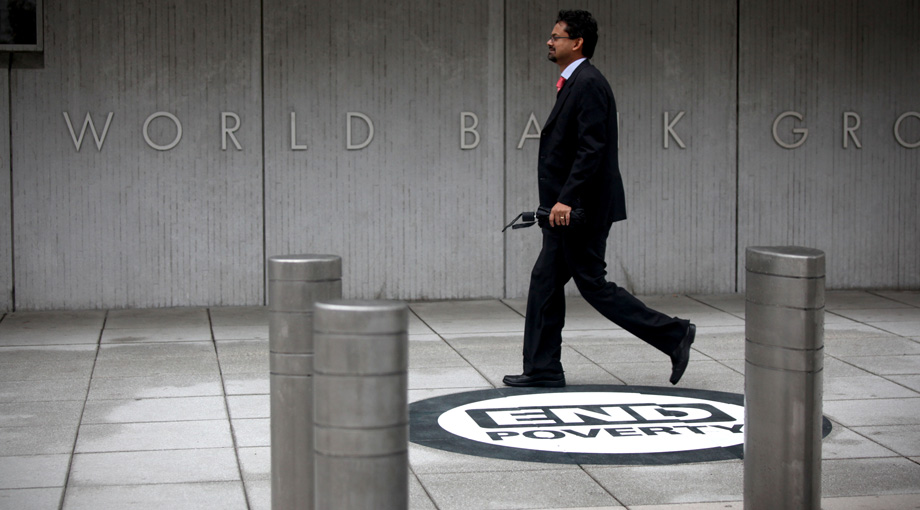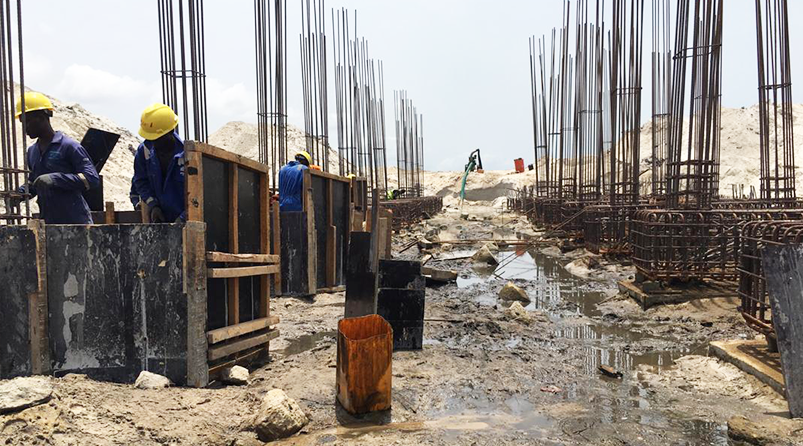Last year, after fierce protests from human rights groups, the World Bank retreated from a proposal that would have allowed its borrowers to sidestep its rules for protecting indigenous communities.
Now the World Bank’s board has granted a massive agribusiness project in East Africa a waiver that exempts it from following the bank’s Indigenous Peoples Policy—sparking fears that the development lender is making an end run to resurrect a policy that it abandoned in public.
“It seems like a back door opt-out clause,” said Nadia Daar, a policy advisor for Oxfam International who specializes in the World Bank. “We’re concerned that this is setting a precedent.”
The United States, the World Bank’s largest donor, also warned in a recent Treasury Department statement that the waiver could set an “unfortunate precedent” and called the bank’s justification for granting it “unconvincing.”
At issue is a $70 million World Bank loan for the Southern Agricultural Growth Corridor of Tanzania, or SAGCOT, a Tanzanian government initiative designed to encourage foreign investment in commercial agriculture. Some of the fertile agricultural lands that SAGCOT is transferring to investors are being cleared by evictions of cattle herders in the Barabaig, Maasai and other indigenous communities.
“In Tanzania, it is as if we don’t exist,” said Salumu Kundaya Kidomwita, 60, a Barabaig cattle herder living within SAGCOT’s Kilombero crop cluster. “It is as if this is not our country.”
Kidomwita, whose surname translates to “Warthog” in the Barabaig language, is facing his second eviction in the last decade. After being pushed out of his home by a rice plantation in 2008, his new village of Kwa Wagonzi is being uprooted to make way for a dam that will provide irrigation for SAGCOT-backed rice and sugar farms.
Tanzania’s government contends that no ethnic groups in Tanzania are more indigenous than others because all Tanzanians are equal under the law. It successfully petitioned the bank to waive its policy requiring borrowers to consult and win “broad support” from indigenous groups in order to approve a project that affects them.
The bank approved an exemption to the Indigenous Peoples Policy for SAGCOT on March 10. The bank’s board also appears to poised to approve a second exemption to the indigenous peoples standard for another project in Tanzania, an initiative to aid poor families with cash transfers and other assistance.
“We are threatened with the bulldozers and roads being made for business. We are told by village leaders to go…” – Barabaig villager facing eviction
The World Bank said that any waivers from safeguard policies were granted at the discretion of its governing board on a case by case basis.
“There’s no practice that has been adopted on this front,” said a bank spokeswoman.

The bank also referred the International Consortium of Investigative Journalists and other media partners to a fact sheet on the project that the bank published four days after the reporting team submitted its questions.
In the fact sheet, the bank says the Tanzanian government had assured it that “any land allocation to agribusinesses” will be “based on community consent.” Vulnerable groups affected by the project are entitled to “free, prior and informed consultation,” mitigation of adverse impacts and access to a grievance mechanism, the bank said.
The bank has come under fire in recent years for failing to follow its own rules for protecting vulnerable populations affected by the development projects that it finances.
Last year, ICIJ, The Huffington Post, The GroundTruth Project and other media outlets reported on a World Bank-backed conservation program in Kenya that the indigenous Sengwer tribe said was used to evict them from their ancestral forests. Navin Rai, the World Bank’s top indigenous affairs expert for more than a decade, left the bank in 2012 frustrated with what he described as the “cosmetic way” that management addressed the needs of vulnerable groups.
The World Bank has promised to fix shortcomings in its enforcement of its safeguard policies. In March 2015, the bank announced a plan to increase funding, resources and independence for the specialists who oversee these protections.
‘We are called invaders’
Kidomwita flashes a toothy grin as he arrives at his wife Annie Malinja’s home, a rectangular structure of sticks, dung and mud that sits in a small clearing. He wears a black and gold New York Yankees cap and carries a long spear at his side, a vestige of his tribe’s reputation as warriors.
A Barabaig elder with four wives and 22 children, Kidomwita is accustomed to traveling with his herds. But he is now uncertain about his future and running out of places to go.
Nevdu Gileksa, 45, a fellow herder who is Kidomwita’s neighbor in Kwa Wagonzi, says local government is driving out the Barabaig to make way for farmers and agribusiness—a process spurred by SAGCOT’s push for industrial-scale farming.
“We have been told to leave by local government without reason, but we know why,” Gileksa said. “They are called investors. We are called invaders.”

“We suffer,” says Kidomwita. “Water is becoming scarce. As I age, the moving gets harder. We want to have our life here now.”
The Tanzanian government launched SAGCOT in 2010 to promote economic growth in Tanzania’s southern corridor, which covers a third of mainland Tanzania extending from the capital, Dar es Salaam, to Tanzania’s border with Zambia. Over a 20-year period, SAGCOT aims to convert 350,000 hectares of land into commercial production, boost annual farming revenues by $1.2 billion and lift roughly 450,000 farming households out of poverty, the Tanzanian government estimated.
The effort seeks to achieve these gains by linking small farmers to agriculture companies, often multinationals, which it subsidizes to invest in the region.
Livestock herders say the SAGCOT system has prompted authorities, mostly local and regional district councils, to evict them from their villages and grazing lands so they can offer them to farmers working with wealthy investors. The problem is exacerbated, they say, by the Tanzanian government’s longstanding disapproval of indigenous herders and their way of life.
“Our people must change from being nomadic cattle herders to being settled modern livestock keepers,” said Jakaya Kikwete, Tanzania’s former president, in a 2005 address.

The World Bank prepared its initial planning documents to finance SAGCOT in 2011—shortly before a series of cattle herder removal operations by the Tanzanian government.
In 2012 and 2013, a Tanzanian government effort dubbed Operation Save Kilombero Valley displaced some 5,000 herders from their homes or grazing lands, according to a report by the human rights group International Work Group for Indigenous Affairs. In 2013, an operation to remove all herders from Morogoro District evicted several more villages.
Police and other security forces carrying out the evictions committed human rights abuses against indigenous villagers, herders and their advocates claim.
“These operations have included beatings, use of force, killing of animals. Women are raped,” said Edward Porokwa, executive director of the PINGOs Forum, a coalition of indigenous groups in Tanzania.
Tanzania submitted its first social and environmental assessments of SAGCOT to the World Bank in 2012 and 2013. Its plan for resettling communities displaced by SAGCOT investments, prepared by a consultant in November 2013, even noted that prior evictions of herders had sparked allegations of human rights violations.
The World Bank initially required Tanzania to follow the bank’s rules for protecting indigenous communities like Kwa Wagonzi and Lukolongo. Tanzania’s social and environmental assessment of the SAGCOT project, from December 2013, recognized Barabaig tribesmen like Kidomwita and members of another group called the Hadzabe as indigenous peoples who were entitled to protection under the bank’s Indigenous Peoples Policy.
The policy mandates that borrowers recognize traditional land rights of indigenous groups and that indigenous communities must be consulted and provide “broad support” in order for a project that affects them to proceed. The policy provides a higher level of protection to indigenous peoples than to others displaced by projects backed by the World Bank, a recognition that indigenous groups are often marginalized within their countries and that they generally share land communally and don’t hold formal legal titles.
As Tanzania was pledging to abide by the bank’s policies, Kidomwita’s third eviction was being set in motion.
In 2013, Kidomwita was called to local district offices in Morogoro for a village meeting. The meeting marked the beginning of a massive resettlement process to make way for the Kidunda Dam, a project spearheaded by the Dar es Salaam Water and Sewerage Authority.
When officials from the district and a government development agency came to evaluate his land, Kidomwita told them that he didn’t want to leave. The officials were unsympathetic, he said.
“They told us that even if we refuse, we don’t have land here,” he says, bristling. “So it was if you accept you move, if you don’t accept you move. How evil is that?”
The evictions were imposed by a different government initiative from SAGCOT. But SAGCOT is among the main beneficiaries of the dam and the removals. Its investments include sugar and rice projects totaling 100,000 hectares in Morogoro District, where Kwa Wagonzi village is located. Big plantations could once more end up taking over Kidomwita’s land.

“It is the farmers who are invited to meetings about our land, not us,” said Udangashega Wembida, 40, a mother of two from Kwa Wagonzi. Now “we are threatened with the bulldozers and roads being made for business. We are told by village leaders to go where we came – but that is here!”
At a public forum last month, Nassor Duduma, an official with Tanzania’s land ministry, said pastoralist herders shouldn’t be allowed to claim independent indigenous status, because “all” Tanzanians are indigenous. “We cannot isolate pastoralists,” Duduma said.“We need to find a permanent place for them and reduce their cattle.”
The Ministries of Natural Resources and Tourism, and Agriculture, Livestock and Fisheries declined to comment.
‘High risk operation’
The World Bank’s governing board voted in March to approve a $70 million loan to Tanzania to support the SAGCOT project and to waive its indigenous peoples policy. The bank’s project appraisal document cited Tanzania’s stance that the policy is “inconsistent with Tanzania’s Constitution,” which emphasizes equal treatment of all ethnic groups.
The appraisal noted an alternative approach to assist “Vulnerable Groups” affected by the project, which includes social assessments of likely impacts on these populations, obtaining their “broad support” for development plans and mitigating adverse consequences. The vulnerable groups listed in the document include the elderly, disabled and women-headed households, but not indigenous peoples.
The bank’s board described SAGCOT as a “high risk operation” and called for close supervision to ensure that “the level of protection for project-affected persons is equivalent” to the Indigenous Peoples policy, according to the bank’s summary of the board meeting.
Matt McGuire, the United States’ representative on the World Bank board, abstained from voting on the project and the waiver.
In a public statement explaining McGuire’s abstention, the U.S. chided the bank for accepting Tanzania’s argument that the Indigenous Peoples Policy violated the Tanzanian constitution, noting that Tanzania had applied the policy to previous and ongoing projects. The bank’s failure to conduct public consultation on the project before the board’s vote “undermines a key principle of sustainable project design and planning,” the U.S position statement added.
The World Bank has repeatedly faced criticism for its willingness to allow exceptions from its protections for indigenous communities and other marginalized populations.

“The introduction of the opt-out clause directly and seriously undermines the very fundamental rights that indigenous peoples have over their lives, lands, territories and resources,” a coalition of indigenous groups in Tanzania said in a joint letter to the World Bank in December 2014.
The World Bank retreated. When it released its second and most recent draft of its safeguards policy in July 2015, the opt-out clause was gone.
As the bank prepares its third and final version of its Indigenous Peoples Policy and other social safeguards policies, the bank’s decision to grant Tanzania a waiver to the indigenous peoples rule has sparked fears among advocates that the bank is setting a broad precedent that could undermine the real-world effectiveness of its protections for populations in the path of development projects.
The Tanzanian government has also requested a waiver from the bank’s indigenous peoples standard on another proposed World Bank project called Additional Financing for the Tanzania Productive Social Safety Net. The bank board is expected to vote on this project and the proposed waiver soon.
Nadia Daar of Oxfam International points to a policy change by the bank in 2014 that quietly updated the waiver policy that governs when it grants borrowers exceptions from applying its rules.
“There needs to be much greater clarity on when the waiver policy can be applied,” Daar said. “What is the difference between the opt-out clause that had been put into the first draft of the safeguards, and the waiver policy which applies to the bank’s entire set of safeguard policies?”
Edward Porokwa, the advocate who monitors human rights abuses against indigenous groups in Tanzania, has more immediate fears about the World Bank’s decision to grant Tanzania a waiver.
“It feels like they are giving a go-ahead for Tanzania to continue violating the rights of the people,” Porokwa said.
Dana Ullman is an East Africa-based reporter and photographer working for The GroundTruth Project, which reported this story in partnership with ICIJ. She also recived support from the International Women’s Media Foundation.
